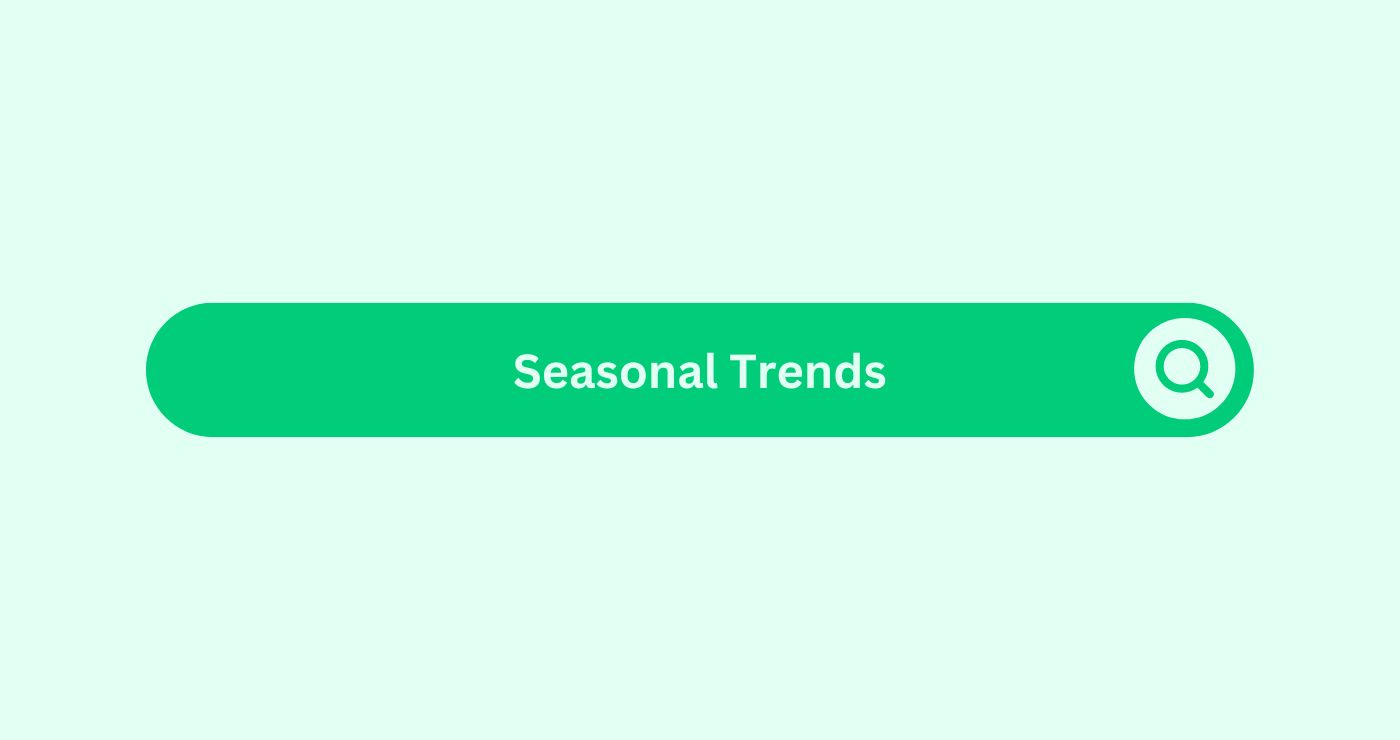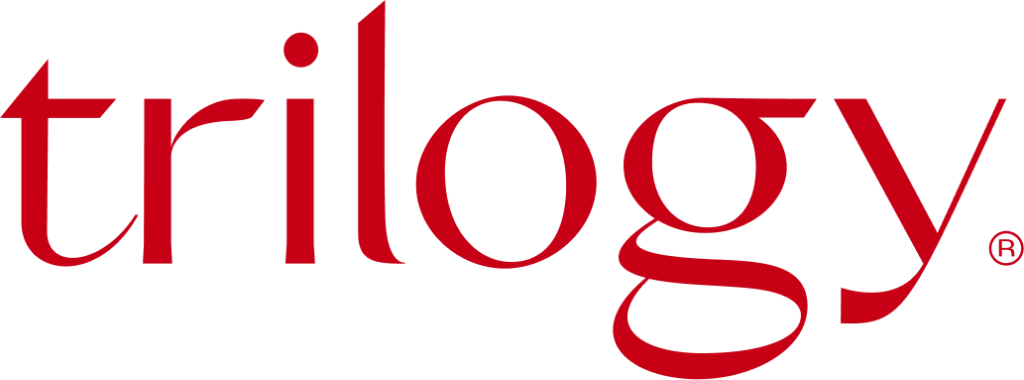Definition
Seasonal trends in SEO refer to recurring patterns of search behaviour and interests that correspond to specific times of the year, such as holidays, seasons, or annual events. Understanding seasonal trends allows businesses to tailor their SEO strategies and content to capitalise on increased search activity during these periods.
Seasonal trends are recurring patterns of consumer behavior, product demand, or market interest tied to specific times of the year. These trends are typically influenced by seasons, holidays, cultural events, and industry-specific cycles. Businesses across industries use seasonal trends to align marketing efforts, optimize inventory, and maximize revenue during peak times.
Key Features
- Predictability: Seasonal trends follow a consistent pattern, such as increased retail sales during the holiday season or higher demand for air conditioners in summer.
- Time-Specific: Trends occur within specific periods, such as Black Friday, back-to-school shopping, or seasonal sports events.
- Industry-dependent: Different industries experience unique seasonal trends, e.g., tourism peaks in summer or winter vacations, while flu-related products surge in colder months.
How you can use
Businesses can leverage seasonal trends in SEO to create timely and relevant content that resonates with their target audienceDefinition The term "Audience" refers to the group of indivi.... For example, a retailer selling outdoor gear can anticipate the spike in interest for camping equipment during the summer months and optimise their website and content to rank higher for related keywordsDefinition Keywords are crucial for SEO success as they conn.... By aligning their SEO efforts with seasonal trends, businesses can attract more organic trafficDefinition In the context of SEO (Search Engine Optimisation... and capitalise on the increased demand for specific products or services.
Seasonal Trends SEO Calculation Table for analysing and leveraging seasonal patterns effectively:
| Metric | Formula / Calculation | Example |
|---|---|---|
| Seasonal TrafficDefinition In the context of SEO (Search Engine Optimisation... Share (%) | (Seasonal Traffic ÷ Total Annual Traffic) × 100 | (50,000 ÷ 200,000) × 100 = 25% |
| Peak Search VolumeDefinition Search volume in SEO shows the frequency of a key... (%) | (Peak Month Volume ÷ Annual Search Volume) × 100 | (30,000 ÷ 100,000) × 100 = 30% |
| Conversion RateDefinition Conversion Rate in the SEO space refers to the pe... during Peak (%) | (Peak Season Conversions ÷ Total Visitors during Peak) × 100 | (1,500 ÷ 10,000) × 100 = 15% |
| Ad Spend ROI during Season (%) | (Revenue from Seasonal Campaign ÷ Seasonal Ad Spend) × 100 | ($50,000 ÷ $10,000) × 100 = 500% |
| Year-over-Year Growth (%) | ((This Year’s Seasonal Traffic - Last Year’s Seasonal Traffic) ÷ Last Year’s Seasonal Traffic) × 100 | ((55,000 - 50,000) ÷ 50,000) × 100 = 10% |
| Drop-Off Rate after Season (%) | ((Peak Month Traffic - Post-Season Traffic) ÷ Peak Month Traffic) × 100 | ((30,000 - 10,000) ÷ 30,000) × 100 = 66.7% |
Insights from Seasonal Trends Analysis:
- Seasonal TrafficDefinition In the context of SEO (Search Engine Optimisation... Share: Helps identify the percentage of annual trafficDefinition In the context of SEO (Search Engine Optimisation... driven during seasonal periods.
- Peak Search VolumeDefinition Search volume in SEO shows the frequency of a key...: Indicates the importance of targeting high-demand months.
- Conversion RateDefinition Conversion Rate in the SEO space refers to the pe... during Peak: Seasonal periods often drive higher purchase intent; monitor closely.
- Ad Spend ROI: Seasonal campaigns can yield significant returns if optimized.
- Year-over-year growth: Tracks performance improvements for seasonal campaigns or organic efforts.
- Drop-Off Rate: Plan retention strategies to reduce the impact of seasonal declines.
Key Takeaways
- Anticipate Demand: Monitoring seasonal trends helps businesses anticipate changes in consumer behavior and adjust their SEO strategies accordingly to meet the demand for specific products or services.
- Content Planning: Planning and creating content around seasonal themes or events allows businesses to stay relevant and engage with their audienceDefinition The term "Audience" refers to the group of indivi... during peak search periods.
- Keyword Optimisation: Identifying seasonal keywordsDefinition Keywords are crucial for SEO success as they conn... and incorporating them into website content, meta tagsDefinition Meta tags are crucial in social media marketing t..., and marketing campaigns helps businesses rank higher in search results and attract relevant trafficDefinition In the context of SEO (Search Engine Optimisation....
- Promotional Campaigns: Leveraging seasonal trends for promotional campaigns, discounts, or special offers can drive trafficDefinition In the context of SEO (Search Engine Optimisation... and sales, capitalizing on the increased interest during peak periods.
- Long-Term Planning: While some seasonal trends are predictable, others may require historical data analysis and long-term planning to anticipate shifts in consumer behavior and plan SEO strategies accordingly.
FAQs
What are the seasonal trends in SEO?
Seasonal trends in SEO refer to recurring patterns of search behavior and interests that correspond to specific times of the year, such as holidays, seasons, or annual events.
How can businesses identify seasonal trends relevant to their industry?
Businesses can use keyword researchDefinition Keyword research involves identifying and analysi... tools, Google TrendsDefinition What is Google Trends in Email Marketing? Google ..., and historical data analysis to identify seasonal keywordsDefinition Keywords are crucial for SEO success as they conn... and trends relevant to their industry and target audienceDefinition The term "Audience" refers to the group of indivi....
Why are seasonal trends important for SEO strategy?
Seasonal trends allow businesses to anticipate changes in consumer behavior, tailor their SEO strategies and content to meet seasonal demand, and capitalize on increased search activity during peak periods.
What types of businesses can benefit from seasonal trends in SEO?
Any business with products or services affected by seasonal demand, such as retailers, travel agencies, event planners, and hospitality businesses, can benefit from incorporating seasonal trends into their SEO strategies.
How far in advance should businesses plan for seasonal trends in SEO?
Businesses should start planning for seasonal trends well in advance, ideally months before peak periods, to allow time for keyword researchDefinition Keyword research involves identifying and analysi..., content creation, and optimization of SEO campaigns.
Are there any tools available to track seasonal trends in search behavior?
Yes, tools like Google TrendsDefinition What is Google Trends in Email Marketing? Google ..., SEMrush, and Ahrefs provide insights into search volumeDefinition Search volume in SEO shows the frequency of a key... trends and seasonal patterns for specific keywordsDefinition Keywords are crucial for SEO success as they conn... and industries.
What strategies can businesses use to capitalize on seasonal trends in SEO?
Businesses can create seasonal content, optimize website pages for seasonal keywordsDefinition Keywords are crucial for SEO success as they conn..., run promotional campaigns, offer seasonal discounts, and tailor marketing messages to align with seasonal themes.
How can businesses maintain SEO momentum after peak seasonal periods?
Businesses can repurpose seasonal content for evergreen use, plan for upcoming seasonal trends, focus on building brand awarenessDefinition Brand awareness in social media marketing is the ... and authority, and engage with their audienceDefinition The term "Audience" refers to the group of indivi... through email marketingDefinition Email marketing utilises emails to promote produc... and social mediaWhat is Social Media? Social media refers to online platform... channelsDefinition Channels in the context of SEO refer to the vario....
What should businesses do if they miss the window to capitalize on a seasonal trend?
If businesses miss the window for a particular seasonal trend, they can still optimize for related keywordsDefinition Keywords are crucial for SEO success as they conn... and plan for the next seasonal cycle by learning from past data and adjusting their SEO strategy accordingly.
How can businesses measure the success of their SEO efforts during seasonal trends?
Businesses can track key performance indicators, such as organic trafficDefinition In the context of SEO (Search Engine Optimisation..., keyword rankings, conversionDefinition In the realm of SEO, Conversion refers to the pro... rates, and revenue generated from seasonal campaigns, to measure the success of their SEO efforts during peak periods.




